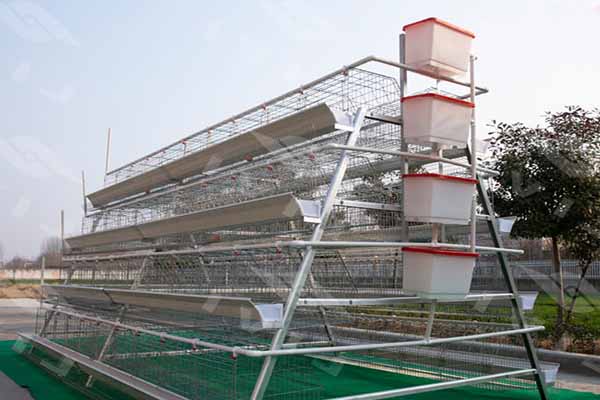
For poultry farmers managing flocks of 5,000 to 30,000 birds, labor costs can account for up to 40% of total operational expenses. Manual egg collection and waste removal are not only time-consuming but also prone to inconsistency—leading to reduced hygiene standards, lower productivity, and higher staff turnover. That’s where innovative automation like the H-type automated layer hen cage system from Zhengzhou Livi Machinery comes in.
In traditional setups, farm workers must manually collect eggs every 4–6 hours and clean feces daily. This results in an average of 1.5–2 hours per worker per day spent on repetitive tasks, which could be better used for health monitoring or flock management. With rising minimum wages and stricter food safety regulations globally (especially in EU, North America, and GCC), manual systems are becoming unsustainable.
The H-type automated egg collection system solves this by integrating seamless egg transport belts, real-time feces removal via conveyor mechanisms, and smart sensors that detect anomalies such as broken eggs or blocked channels. According to field trials conducted across 12 farms in China, users reported a 35–50% reduction in labor requirements within six months of implementation—with no drop in egg quality or bird welfare metrics.
| Farm Size | Recommended System Configuration | Estimated Labor Savings |
|---|---|---|
| 5,000–10,000 hens | Single-layer H-type with basic automation | ~1.2 hrs/day per worker |
| 10,000–20,000 hens | Dual-layer H-type with AI-based anomaly detection | ~2.0 hrs/day per worker |
| 20,000–30,000 hens | Multi-zone H-type with remote diagnostics | ~3.0 hrs/day per worker |
A case study from a commercial farm in Hebei Province shows how switching to the H-type system allowed them to reduce their team from 7 full-time staff to just 3 while maintaining egg output at 98.5% efficiency. The key was consistent training—not just for operators, but for supervisors who learned to interpret system alerts and schedule preventive maintenance. We recommend allocating at least 2 weeks of hands-on training post-installation to ensure smooth adoption.
Common issues like belt slippage or sensor misalignment usually stem from improper installation or lack of routine checks. A simple weekly inspection checklist—covering belt tension, motor noise levels, and cleaning cycle frequency—can prevent over 80% of downtime incidents.

Whether you're scaling up or optimizing existing operations, adopting intelligent solutions isn’t just about cutting costs—it’s about building a resilient, future-ready farm. By reducing reliance on human labor, improving sanitation, and enhancing data visibility, your farm gains competitive advantage in both domestic and international markets.
If you’re ready to explore how the H-type system can fit your specific setup—whether it’s 5,000 or 30,000 birds—let’s start a conversation.

